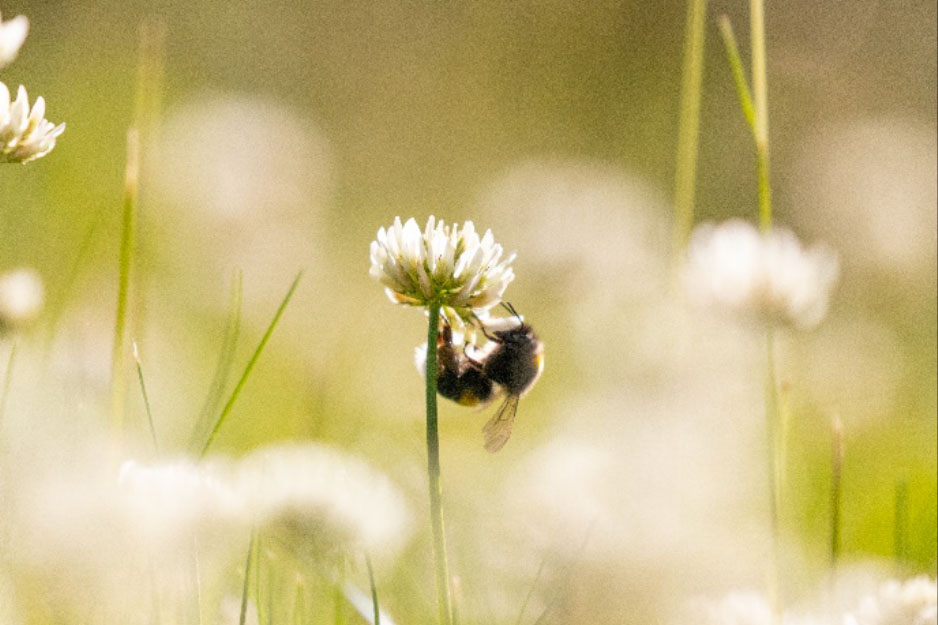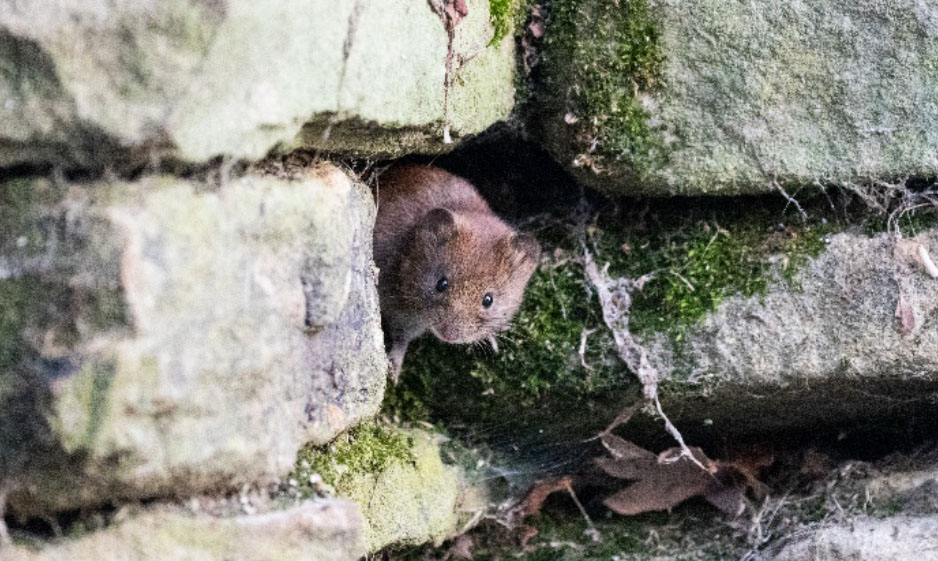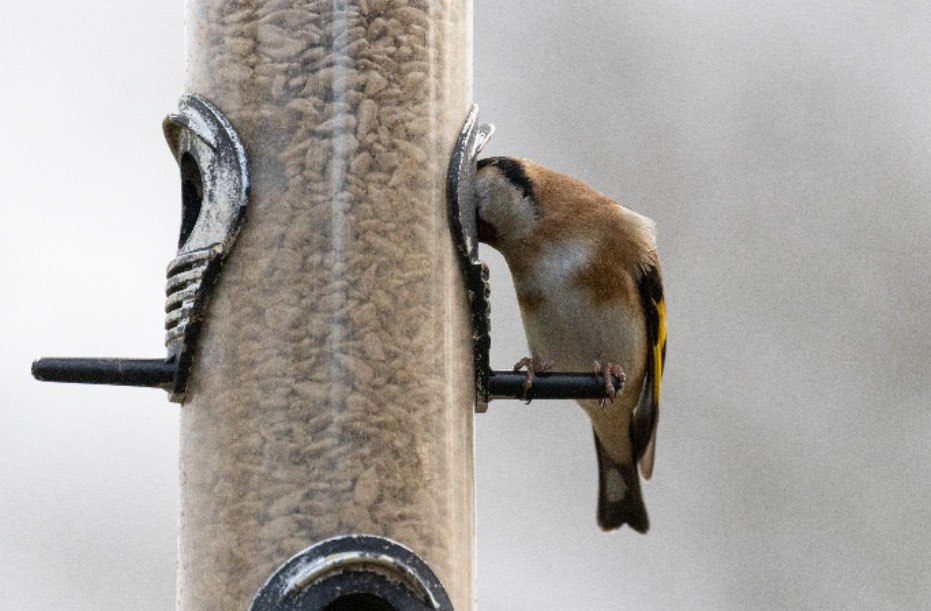As we stand, with the threat of climate disasters, the decline of wildlife and the ongoing battle against the waste we produce, there seems to be some confusion over who is responsible for rectifying these issues. People all seem to want to turn to the government, local authorities or charities and expect them to magically snap their fingers and make everything better, with frighteningly few people taking the responsibility themselves and doing what they can to help.
Helping to correct some of the damage we have done to the planet doesn’t have to just be carried out on a major scale, it can and should, start with each individual person taking a little responsibility and doing their bit at home. The changes can take many forms, driving less, reducing plastic waste or simply turning the thermostat down a degree or two, but one of the easiest and most rewarding changes is to take a little time to encourage wildlife into our gardens. This change can be easier than you think and you will be rewarded every time you look out of the window and are greeted by the diversity of species right outside your door.
Encouraging wildlife into your garden doesn’t have to be costly, confusing or time consuming. A few minor changes to the way you manage your garden can be as easy as buying an off the shelf product such as a bird feeder or hedgehog house. Changes to encourage wildlife can also be fantastic ways to get children involved in wildlife and help them learn about the diversity and importance of the nature that’s on our doorsteps.
Lawns, let them grow
Nobody really likes the job of mowing the lawn every other weekend throughout the summer, so why not let some of your grass grow. If you let your lawn grow you will realise that ‘grass’ is not such a singular thing with the average lawn consisting of several species of grass and usually a few wildflowers.

Cut your lawn once or maybe twice in a season, ideally late in the summer, and the species that will benefit will be more than you will realise. Bee’s will make the most of the wildflowers that appear and insects will set up a home in the grass, which in turn will create a buffet for amphibians, reptiles, birds and if you are lucky maybe a hedgehog or two.
Compost, compost, compost
Stop throwing everything away and make a compost heap. Compost heaps are a great way to reduce the rubbish we throw away giving us somewhere to put food waste, grass cuttings and other green waste created during general garden maintenance. Although you can buy off the shelf compost bins there’s no need to do so, just make a space at the bottom of the garden to neatly pile your grass cuttings and yet again wildlife will be more thankful than you realise.

The vegetation in compost heaps breaks down providing a warm environment for insects to thrive. The compost will also provide a toasty environment for small mammals like field mice, voles and shrews to nest and in some cases you might even have grass snake take up residence to breed.
Habitat piles, the clue is in the name
A habitat pile is as simple as it sounds, piled up cut vegetation, rubble, soil or any other unused items from your garden. Piles can be any size and are ideally located in a quiet corner of the garden, like at the edge of your long unkept grassland next to your compost heap.
The piles create ideal habitats and shelter for a range of species including amphibians, reptiles, small mammals and yet again the always adorable hedgehog.

At the end of the day, you may prefer to get online to just buy something off the shelf. With internet shopping and the range of companies out at your disposal you can buy all manner of wildlife friendly items for any species in most colours, designs, shapes and sizes. So there’s no excuse to not do your little bit for wildlife in your garden, if we all do the little changes will add up to make a big difference.
And none of this is telling people to do things that are out of the question. I do all of these things at home, and more, and I will share some details of my experiences of trying to encourage wildlife into our garden at a later date, keep checking my blog for details.
